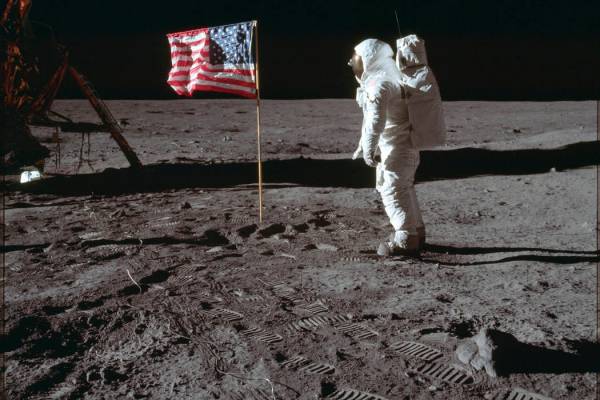Black Holes Can Destroy In A Horrifying Way

Two Simple Web Templates For Chefs To Create Their Website
June 8, 2019
Interesting Information About Black Holes
June 9, 2019
Are you wondering what will happen when a human body falls into the black hole? Well, it will be stretched like a spaghetti strand. Just assume that it is a tiny black hole. In such a case, the body will be biased by several tidal forces of gravity. The difference between the gravity on your feet and on your head is the tidal force. If you are falling on your head, then the force present on the head will be more solid than the force existing on the feet.
The difference would make experience something slashing apart and widening from head to feet. It moves faster as your head moves near the black hole. However, the lower half of the body will be far away and it will not move near the center fast. When the tidal force surpasses the molecular forces which bind your skin, your body will be broken into two pieces. The two pieces would again break into the next two pieces. The snapping process goes on and on. You will be sent to the space-time fabric just like the toothpaste through the tube.
Where do black holes exist?
Black holes are present in the middle of the majority of the galaxies. Researchers agree that there is a super powerful black hole especially at the middle of most galaxies covering the Milky Way. Such large black holes encompass galaxies organized in space. The black hole Sagittarius A is situated in the middle of the Milky Way. It is 4 million times huge than the sun.
There are numerous black holes in the universe. Our galaxy solely consists of 1000 million astral black holes along with super huge Sagittarius A at the center. Holding 100 billion galaxies, each hold a main super huge monster and also 100 million astral-mass black holes. However, certain types are still being analyzed. It is almost like attempting to count the total amount of sand grains present on Earth.



